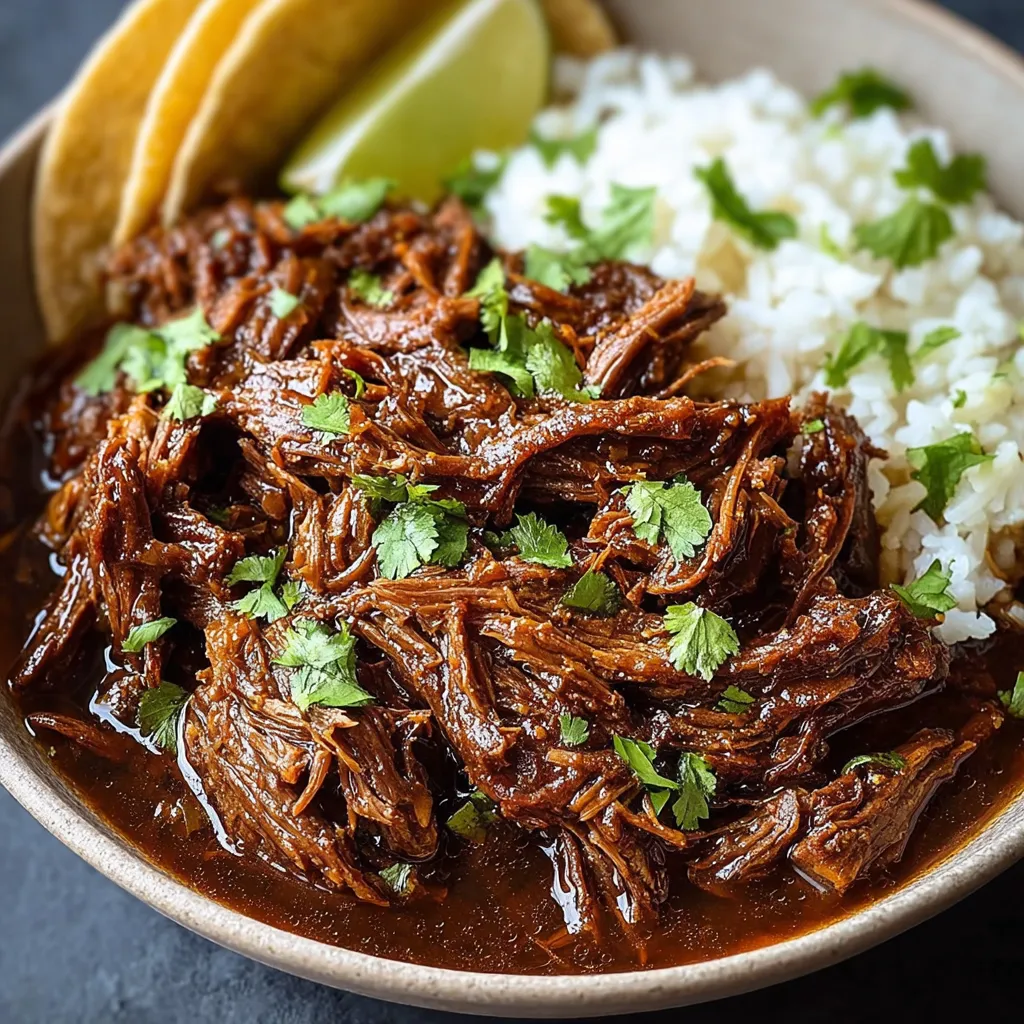Unlocking the Emerald Secret: The Science Behind Chicken Pesto Pasta
Chicken Pesto Pasta seems simple enough, right? But transforming a few basic ingredients into a truly memorable dish requires understanding the chemical and physical processes at play. Let’s break down the key elements:- Pesto Perfection: Pesto isn’t just basil and oil. It’s an emulsion, a suspension of oil and water-based ingredients (like basil and garlic). Emulsions are inherently unstable; they want to separate. That’s why your pesto can sometimes look oily or sludgy. Proper emulsification, often achieved with a good blender or food processor, is critical. The addition of cheese, like Parmesan or Pecorino, contributes both flavor and stability to the emulsion. Consider adding a touch of pasta water to further emulsify and bind the sauce.
- Chicken Cookery: Chicken breast, while popular, is prone to drying out. The key is to cook it gently and evenly. Searing the chicken first provides a beautiful Maillard reaction (browning) that adds depth of flavor. However, finishing it in the pesto sauce helps keep it moist. Chicken Thighs, being fattier, are naturally more forgiving.
- Pasta Precision: Starchy pasta water is liquid gold! When pasta cooks, it releases starch into the water. This starchy water acts as a natural thickener and emulsifier, helping the pesto cling to the pasta. Reserve at least a cup of pasta water before draining. The shape of the pasta also matters. Shapes with ridges or crevices, like penne or fusilli, hold onto the sauce better than smoother shapes like spaghetti.
- Flavor Harmony: Pesto is a powerful flavor bomb. It’s important to balance its intensity with the other ingredients. A touch of acidity, like lemon juice, can brighten the flavors. A sprinkle of toasted pine nuts or Parmesan cheese adds texture and umami. Salt and pepper are, of course, crucial for seasoning.
The Ultimate Recipe: Chicken Pesto Pasta
 This recipe incorporates the scientific principles discussed above to create a consistently delicious Chicken Pesto Pasta.
This recipe incorporates the scientific principles discussed above to create a consistently delicious Chicken Pesto Pasta.
Ingredients:
- 1 pound pasta (penne, fusilli, or rotini recommended)
- 1.5 pounds boneless, skinless chicken breasts, cut into bite-sized pieces
- 2 tablespoons olive oil
- 1/2 teaspoon salt
- 1/4 teaspoon black pepper
- 1 cup prepared pesto (or homemade, recipe below)
- 1/2 cup reserved pasta water
- 1/4 cup grated Parmesan cheese, plus more for serving
- 1 tablespoon lemon juice (optional, but recommended)
- 1/4 cup toasted pine nuts (optional, for garnish)
Homemade Pesto (Optional):
- 2 cups fresh basil leaves, packed
- 1/2 cup grated Parmesan cheese
- 1/4 cup pine nuts, toasted
- 2 cloves garlic, minced
- 1/4 teaspoon salt
- 1/4 cup olive oil
- 2 tablespoons water
Instructions:
- Cook the Pasta: Bring a large pot of salted water to a boil. Add the pasta and cook according to package directions until al dente. Reserve 1/2 cup of pasta water before draining.
- Prepare the Chicken: While the pasta is cooking, season the chicken with salt and pepper. Heat the olive oil in a large skillet over medium-high heat. Add the chicken and cook until browned and cooked through, about 5-7 minutes.
- Make the Pesto (If Homemade): Combine the basil, Parmesan cheese, pine nuts, garlic, and salt in a food processor. Pulse until finely chopped. With the food processor running, slowly drizzle in the olive oil until a paste forms. Add water to thin if necessary.
- Combine and Emulsify: Reduce the heat to low. Add the pesto to the skillet with the chicken. Stir to coat the chicken evenly. Gradually add the reserved pasta water, a little at a time, stirring continuously until the sauce reaches your desired consistency. Stir in the lemon juice (if using).
- Combine with Pasta: Add the drained pasta to the skillet and toss to coat. Stir in the Parmesan cheese.
- Serve: Serve immediately, garnished with additional Parmesan cheese and toasted pine nuts, if desired.
My Pesto Pilgrimage: The Investigation
My journey to the perfect Chicken Pesto Pasta wasn’t a straight line. My first few attempts were a disaster – either the chicken was dry, the pesto was oily, or the pasta was a gloppy mess. I knew I needed to approach this with a scientific mindset.The Dry Chicken Debacle:
Initially, I was overcooking the chicken, searing it too long in an attempt to get a good crust. The result was tough, dry chicken. Then, I had an “Aha!” moment: cooking the chicken most of the way through and then letting it finish in the pesto sauce allowed it to absorb the flavors and stay incredibly moist. This technique is also fantastic when making Chicken Thighs Dinner Recipe.The Oily Pesto Predicament:
Like many of you, I initially thought pesto was just a dump-and-blend operation. I soon learned that the order in which you add the ingredients and the speed of the food processor are crucial. Adding the olive oil too quickly or not having enough basil can result in a separated, oily mess. Also, the quality of the olive oil makes a huge difference. Using a good quality extra virgin olive oil is preferable.The Gloppy Pasta Catastrophe:
My early attempts at combining the pesto with the pasta resulted in a thick, clumpy sauce that didn’t coat the pasta evenly. The solution? Pasta water! I discovered that the starchy water not only thinned the sauce but also helped it cling to the pasta, creating a creamy, emulsified delight. This trick works wonders in Garlic Butter Chicken Pasta as well.The Flavor Finesse:
While the basic recipe was good, it lacked a certain *zing*. The pesto, while flavorful, could be overwhelming. The addition of lemon juice brightened the flavors and cut through the richness of the pesto. A sprinkle of toasted pine nuts added a textural element and a subtle nutty flavor that complemented the basil. I also experimented with different types of pesto, including sun-dried tomato pesto and even a jalapeno pesto! It’s fun to mix it up and find a flavor profile that really excites your taste buds. Experimentation is key! Don’t be afraid to venture outside the box. Just like how Pesto Chicken Lettuce Wraps use pesto in an innovative way, you can find new and exciting ways to incorporate it into your pasta dishes. Another great way to use pesto is in Boursin Chicken Pasta.The Pesto Pasta Playbook: The Foolproof Method
After countless experiments and (delicious) failures, I’ve distilled the process into a foolproof method for consistently perfect Chicken Pesto Pasta:- Master the Pesto: Use a high-quality prepared pesto or make your own, ensuring a smooth, emulsified sauce. Remember to add water to thin it if needed.
- Cook the Chicken Gently: Sear the chicken for flavor, but finish cooking it in the pesto sauce to keep it moist.
- Reserve the Pasta Water: This is crucial for creating a creamy, emulsified sauce.
- Emulsify, Emulsify, Emulsify: Gradually add the pasta water to the pesto sauce, stirring continuously until the desired consistency is reached.
- Balance the Flavors: Add a touch of lemon juice to brighten the flavors.
- Don’t Forget Texture: A sprinkle of toasted pine nuts or Parmesan cheese adds a delightful crunch.
- Serve Immediately: Pesto pasta is best enjoyed fresh.
Why is reserving pasta water so important when making chicken pesto pasta?
Pasta water contains starch, which acts as a natural thickener and emulsifier, helping the pesto cling to the pasta and create a creamy sauce.
How can I prevent my chicken breast from drying out when making chicken pesto pasta?
Sear the chicken first for flavor, then finish cooking it in the pesto sauce to keep it moist and allow it to absorb the flavors.
What are some tips for making a smooth, emulsified pesto?
Use a good blender or food processor, add the olive oil slowly, and consider adding a touch of pasta water. The quality of the olive oil also makes a difference, using a good quality extra virgin olive oil is preferable.
What can I add to my chicken pesto pasta to balance the flavors and add a textural element?
A touch of acidity, like lemon juice, can brighten the flavors. A sprinkle of toasted pine nuts or Parmesan cheese adds texture and umami.

Chicken Pesto Pasta Ultimate Recipe
Ingredients
Equipment
Method
- Cook the Pasta: Bring a large pot of salted water to a boil. Add the pasta and cook according to package directions until al dente. Reserve 1/2 cup of pasta water before draining.
- Prepare the Chicken: While the pasta is cooking, season the chicken with salt and pepper. Heat the olive oil in a large skillet over medium-high heat. Add the chicken and cook until browned and cooked through, about 5-7 minutes.
- Make the Pesto (If Homemade): Combine the basil, Parmesan cheese, pine nuts, garlic, and salt in a food processor. Pulse until finely chopped. With the food processor running, slowly drizzle in the olive oil until a paste forms. Add water to thin if necessary.
- Combine and Emulsify: Reduce the heat to low. Add the pesto to the skillet with the chicken. Stir to coat the chicken evenly. Gradually add the reserved pasta water, a little at a time, stirring continuously until the sauce reaches your desired consistency. Stir in the lemon juice (if using).
- Combine with Pasta: Add the drained pasta to the skillet and toss to coat. Stir in the Parmesan cheese.
- Serve: Serve immediately, garnished with additional Parmesan cheese and toasted pine nuts, if desired.




